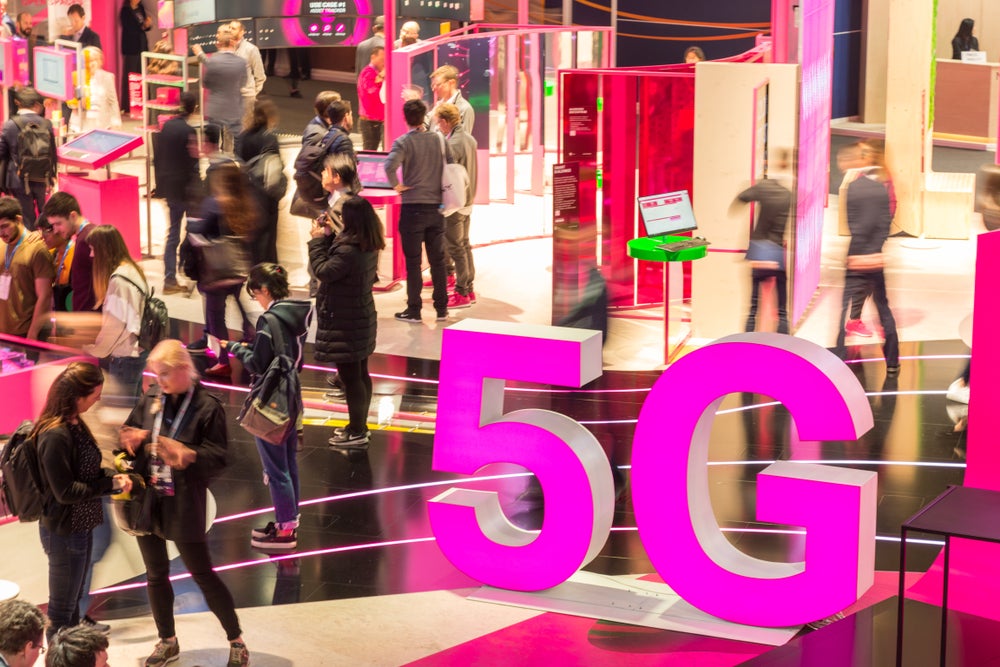
The current focus by network operators on coming 5G (wireless) and 10G (fixed) services have rapidly supplied the latest marketing terms to describe ever-faster broadband speeds.
However, deeper in the network, the reality is that 400G is what will actually be required to support new services like 4K and 8K video and augmented reality applications.
According to GlobalData, when 5G services reach maturity, sometime around 2020-2022, their arrival will drain all the available capacity out of the current public internet and service provider networks, in order to satisfy projected end-user demand.
Meanwhile, fixed and cable operators are promising 10G capabilities in the near future. Vendors and operators currently have their hands full today deploying 100/200G links between data centres and central offices, but it is increasingly clear that will be inadequate to meet projected demand.
Meet 800G: choices for additional bandwidth
There are four basic options available to operators to supply the capacity and connectivity needed to meet 5G wireless and 10G fixed broadband requirements: optical fibre, wireless, copper and – the least often discussed – satellite.
Over the past several years, we have seen investment and increased capacity from all four.
• Copper has been part of the network infrastructure since the days of the first telegraph and continues to play an important role in ‘last-mile’ connectivity. But copper has reached its practical limits.
• Satellite technology has been plagued with limited capacity as well as high latency and cost but has had a niche in reaching remote locations.
• Wireless performance has improved but is inherently limited by a finite amount of radio spectrum that can be deployed.
How well do you really know your competitors?
Access the most comprehensive Company Profiles on the market, powered by GlobalData. Save hours of research. Gain competitive edge.

Thank you!
Your download email will arrive shortly
Not ready to buy yet? Download a free sample
We are confident about the unique quality of our Company Profiles. However, we want you to make the most beneficial decision for your business, so we offer a free sample that you can download by submitting the below form
By GlobalDataThat leaves fibre, which offers the greatest capacity but brings with it several significant barriers – mainly the cost and complexity of availability to all users.
Enter 800G: the next challenge
Fibre has met the requirements of current mobile and fixed line networks, as operators have successfully squeezed more and more capacity out of existing fibre investments. The current state of the art enables operators to deliver 100–200G optical transport services over long distances, and 400G over shorter links using the latest frequency modulation techniques. This is up from 10G just a few years ago.
Fibre is now expected to provide up to 800G on short distances and 400G over practically all distances to meet projected demand. Some optical vendors are delivering transport solutions that can deliver 400G today, with 600G maturing in 2019-2020 and 800G being planned for late 2020-2021. The future for fibre looks bright, but as before, it will not be available everywhere and the higher rates may not be supported by older fibre installations.






